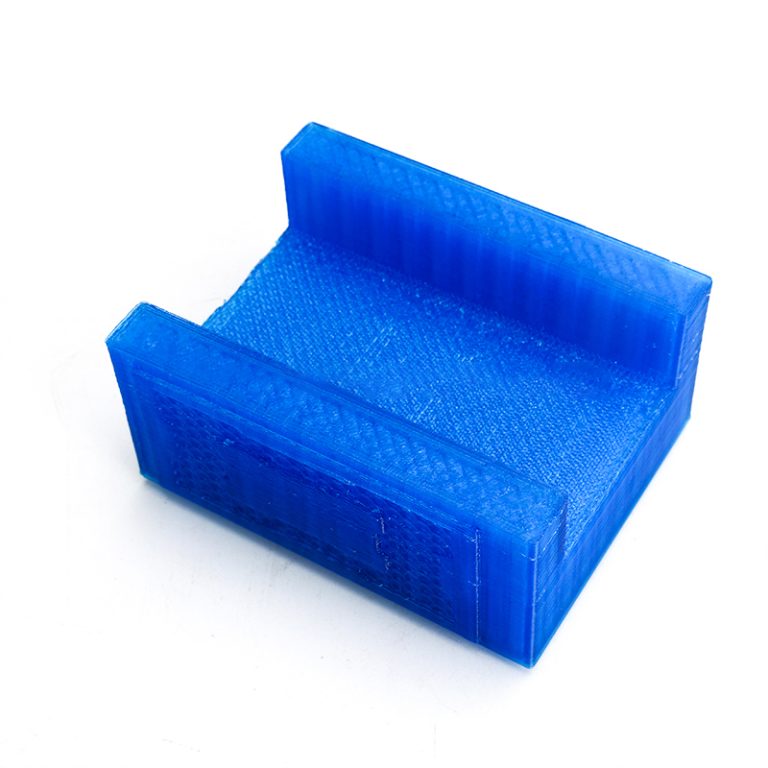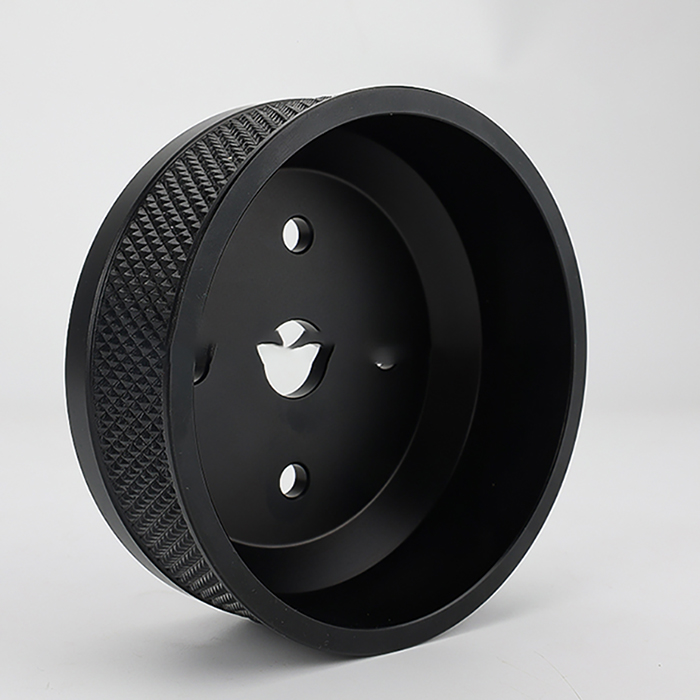Inhoudsopgave
Benefits of Using Ceramic Heaters in Plastic Injection Molding
Plastic injection molding is a widely used manufacturing process in which molten plastic is injected into a mold cavity to create a desired shape. One crucial component of this process is the heater, which is responsible for heating the plastic to its melting point before injection. While there are various types of heaters available for plastic injection molding, ceramic heaters have gained popularity due to their numerous benefits.
One of the key advantages of using ceramic heaters in plastic injection molding is their high efficiency. Ceramic heaters are known for their rapid heating capabilities, allowing for quick and uniform heating of the plastic material. This results in faster cycle times and increased productivity, ultimately leading to cost savings for manufacturers. Additionally, ceramic heaters have a high heat transfer efficiency, ensuring that the plastic material is heated evenly throughout the mold cavity, resulting in high-quality finished products.
Another benefit of ceramic heaters is their durability and longevity. Unlike traditional metal heaters, ceramic heaters are resistant to corrosion, oxidation, and thermal shock, making them ideal for the harsh conditions of plastic injection molding. This durability ensures that ceramic heaters have a longer lifespan, reducing the need for frequent replacements and maintenance. As a result, manufacturers can enjoy increased uptime and reduced downtime, leading to improved overall efficiency and profitability.
In addition to their efficiency and durability, ceramic heaters offer precise temperature control, which is essential for achieving consistent and high-quality plastic parts. Ceramic heaters can maintain a stable temperature within tight tolerances, ensuring that the plastic material is heated to the exact temperature required for optimal molding. This precise temperature control helps prevent defects such as warping, shrinkage, and voids in the finished products, resulting in higher quality parts and reduced scrap rates.
| Surface finish | Polishing Finish / Slik Print / Texture Finish / Rubber Painting / Glossy Finish / Painting / Slik-Screen / Pad Print / EMI Coating / Electronic Plating / Laser Marking / Etc. |
| Our Services | OEM/ODM |
Furthermore, ceramic heaters are environmentally friendly and energy-efficient. Unlike traditional heaters that rely on fossil fuels or electricity generated from non-renewable sources, ceramic heaters use electricity more efficiently, reducing energy consumption and carbon emissions. This not only benefits the environment but also helps manufacturers save on energy costs in the long run. Additionally, ceramic heaters produce minimal waste and emissions, making them a sustainable choice for plastic injection molding operations.
Overall, the benefits of using ceramic heaters in plastic injection molding are clear. From their high efficiency and durability to their precise temperature control and environmental friendliness, ceramic heaters offer numerous advantages that can help manufacturers improve their production processes and achieve higher quality products. By investing in ceramic heaters, manufacturers can enhance their competitiveness, reduce costs, and contribute to a more sustainable future for the plastics industry.
How to Properly Maintain and Troubleshoot Electric Heaters in Injection Molding Machines
Plastic injection molding is a widely used manufacturing process that involves injecting molten plastic material into a mold cavity. Electric heaters play a crucial role in this process by heating the plastic material to the desired temperature for injection. Proper maintenance and troubleshooting of these heaters are essential to ensure the efficiency and effectiveness of the injection molding machine.
One of the key maintenance tasks for electric heaters in injection molding machines is regular cleaning. Over time, dust, dirt, and other contaminants can accumulate on the surface of the heaters, reducing their efficiency and potentially causing overheating. Cleaning the heaters with a soft brush or cloth can help remove these contaminants and ensure that they continue to operate at optimal performance.
In addition to cleaning, it is important to regularly inspect the heaters for any signs of wear or damage. Cracks, corrosion, or other visible defects can indicate that the heaters need to be replaced. Ignoring these issues can lead to uneven heating of the plastic material, resulting in defects in the molded parts.
Another important aspect of maintaining electric heaters in injection molding machines is monitoring their temperature. Most modern injection molding machines are equipped with temperature controllers that allow operators to set and monitor the temperature of the heaters. It is important to regularly check these controllers to ensure that the heaters are operating within the specified temperature range. Deviations from the set temperature can indicate a malfunction in the heaters or the temperature control system.
If the heaters are not heating the plastic material to the desired temperature, it is important to troubleshoot the issue promptly. One common cause of heating problems in injection molding machines is a faulty thermocouple. The thermocouple is a temperature sensor that measures the temperature of the heaters and sends this information to the temperature controller. If the thermocouple is not functioning properly, it can lead to inaccurate temperature readings and improper heating of the plastic material.
To troubleshoot a faulty thermocouple, it is important to first check the connections and wiring to ensure that they are secure and free of damage. If the connections are intact, the thermocouple itself may need to be replaced. It is recommended to consult the manufacturer’s guidelines or seek assistance from a qualified technician when replacing the thermocouple to ensure that it is done correctly.
In some cases, heating problems in injection molding machines may be caused by issues with the electrical supply or the heating elements themselves. If the heaters are not heating at all, it is important to check the power supply to ensure that it is functioning properly. If the power supply is working, the heating elements may need to be inspected for damage or wear. Replacing the heating elements may be necessary to resolve the issue and restore proper heating functionality to the injection molding machine.
In conclusion, proper maintenance and troubleshooting of electric heaters in injection molding machines are essential to ensure the efficiency and effectiveness of the manufacturing process. Regular cleaning, inspection, and monitoring of the heaters can help prevent issues such as overheating and uneven heating. Prompt troubleshooting of heating problems can help identify and resolve issues with components such as thermocouples and heating elements. By following these guidelines, operators can ensure that their injection molding machines continue to operate at optimal performance levels.


